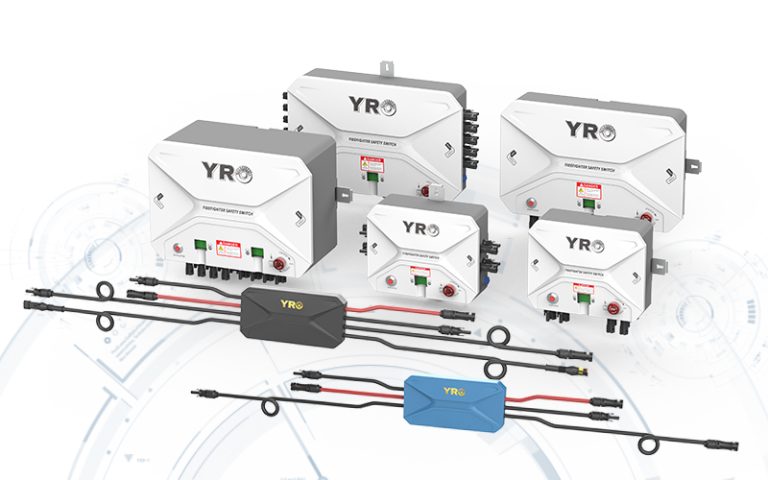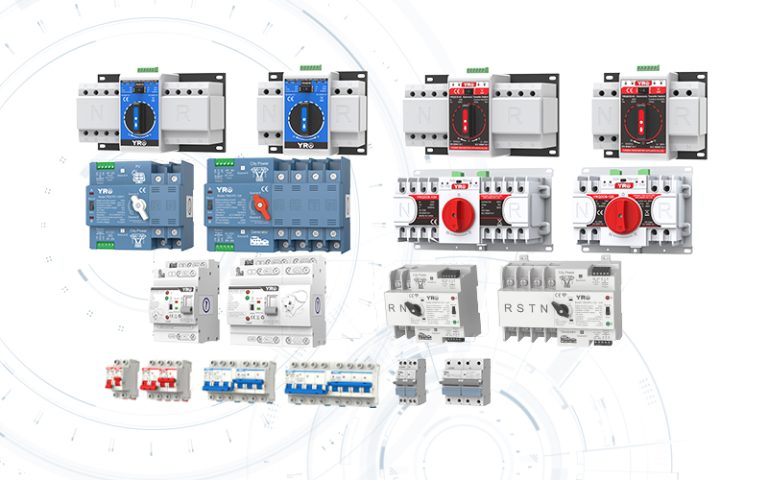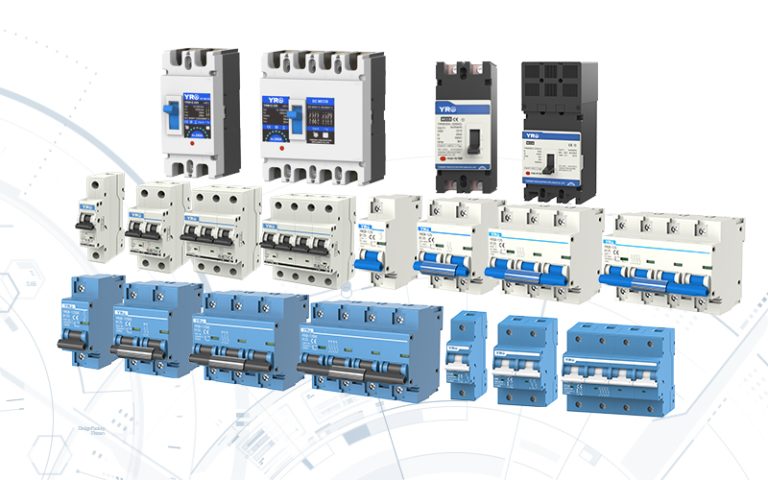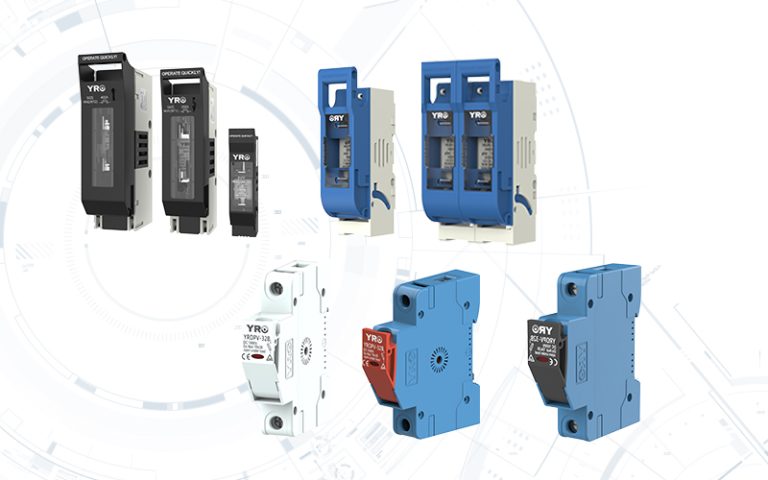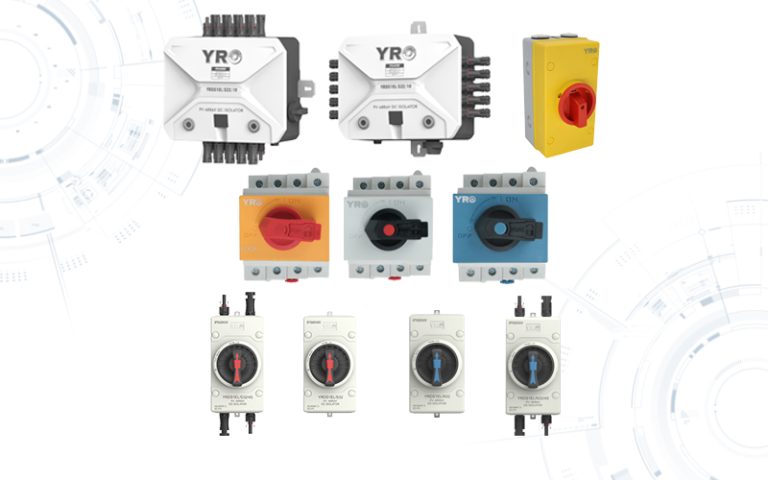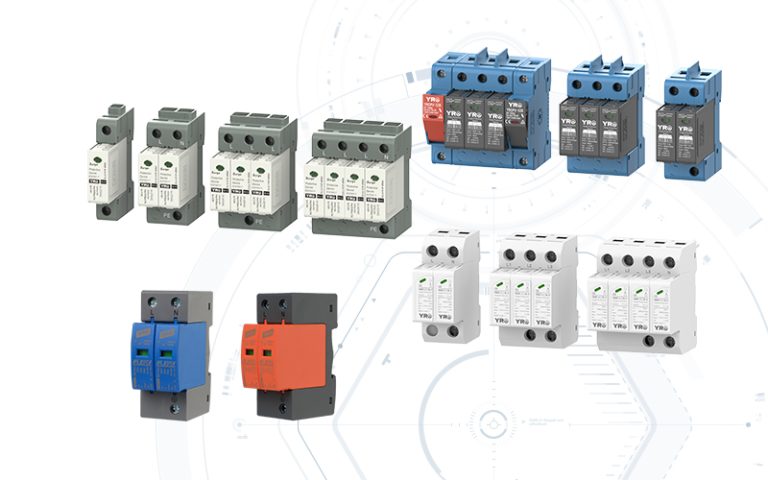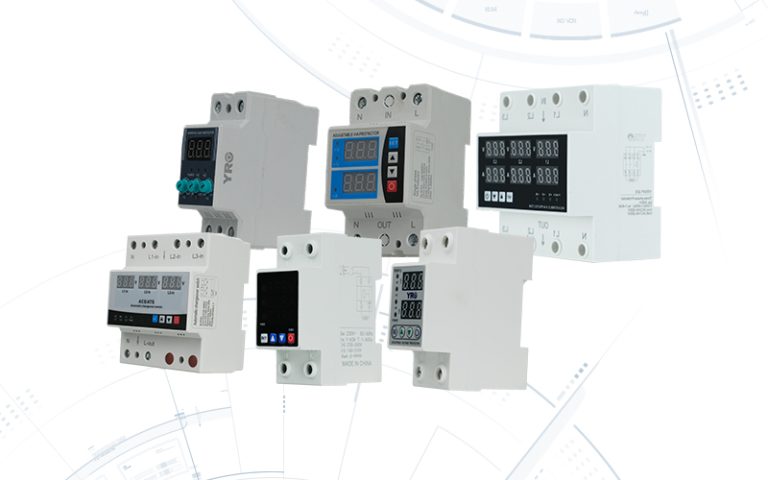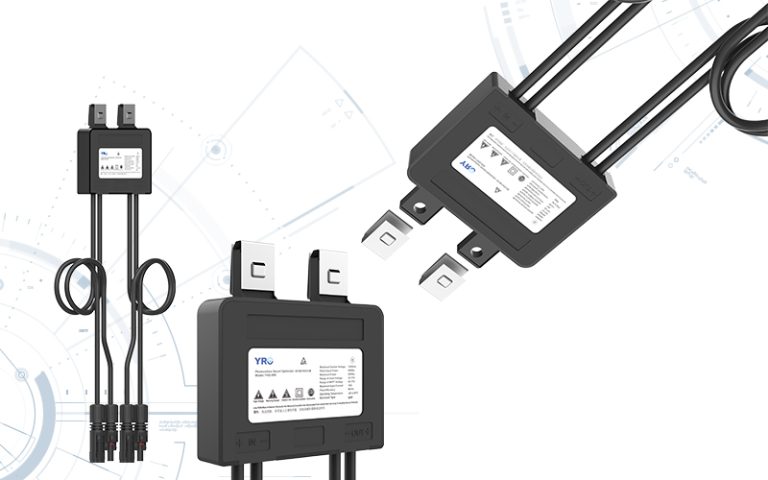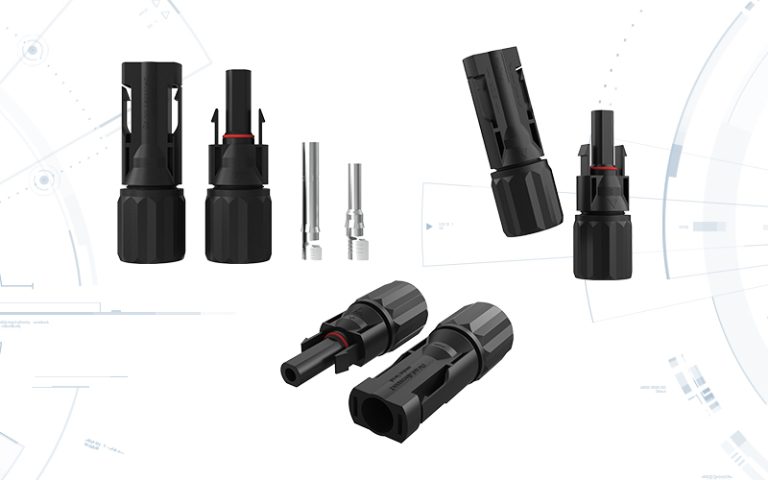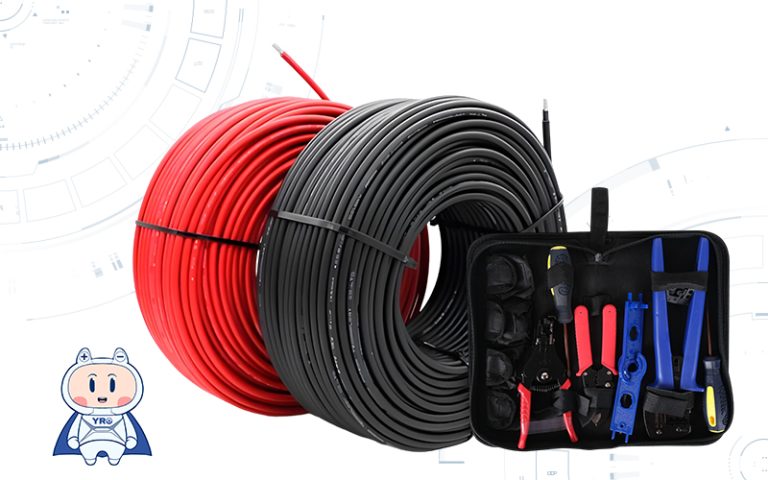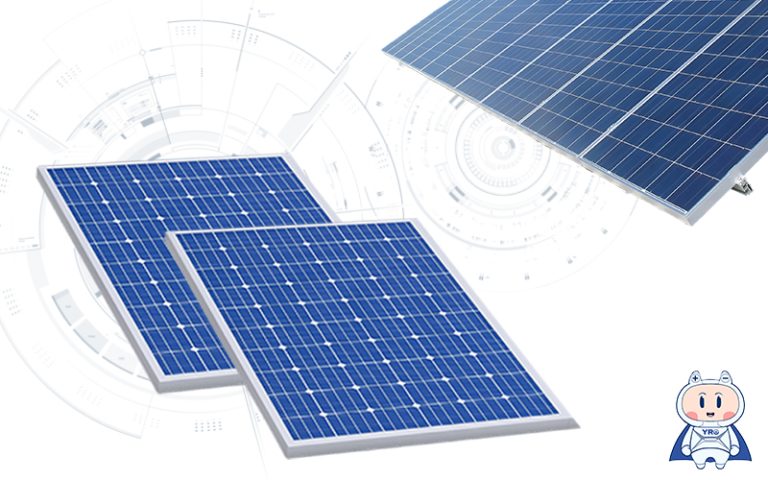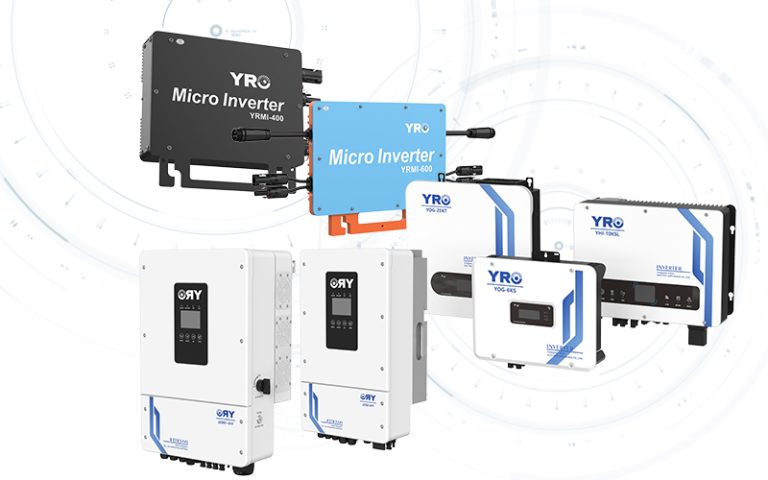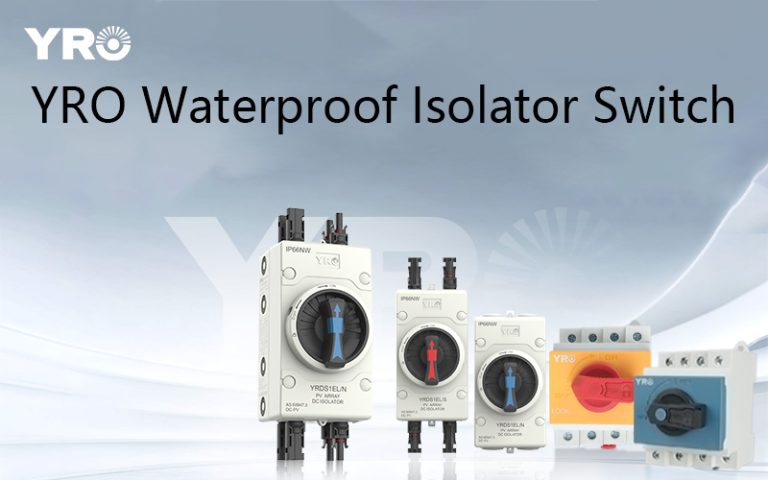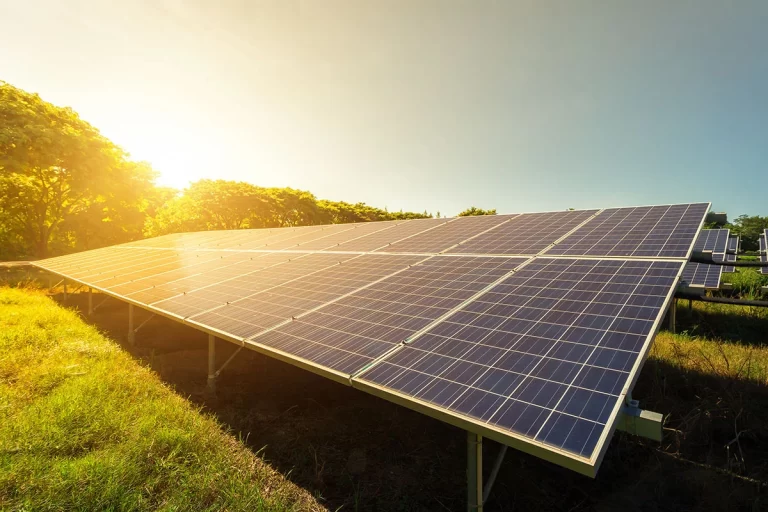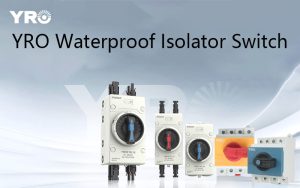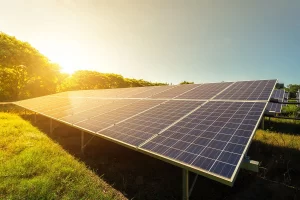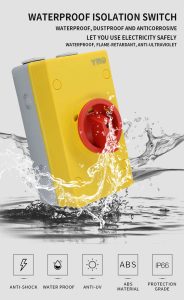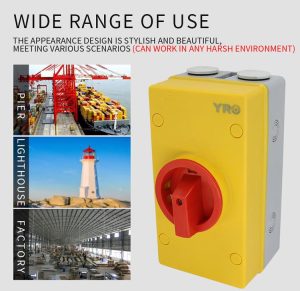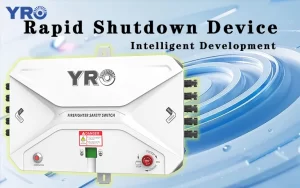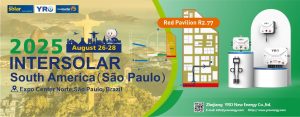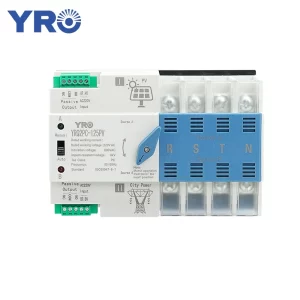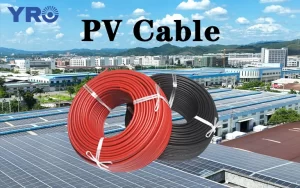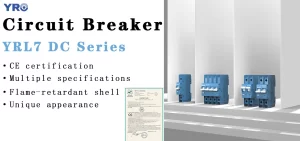Solar power has revolutionized electricity production while cutting greenhouse gas emissions, delivering both financial benefits and eco-friendly advantages. Yet public awareness remains low regarding dangers posed by equipment failures. The Independent reports UK authorities documented 66 solar linked fires from January to July 2023 alone, exceeding the 63 cases recorded throughout 2019. Though solar arrays demonstrate high energy output capabilities, their fire risks demand proactive management. What practical steps can users take for enhanced protection? Modern solar installations increasingly incorporate specialized safety components like rapid shutdown switches to address these operational vulnerabilities.
YRO’s rapid shutdown switch cuts voltage levels below 30 volts, within 30 seconds of receiving activation commands for solar installations under 305mm in distance. In systems extending beyond 305mm, the technology achieves complete voltage elimination.This mechanism boosts safety for firefighters, lowers property damage risks, and ensures vital protection during emergencies.
What Role Does a Rapid Shutdown Switch Play When Solar Panels Catch Fire?
A rapid shutdown device (RSD) is the core safety component of a PV system, serving three key functions:
1. Removing High Voltage DC Shock Hazards
Even with inverters deactivated, solar panels under sunlight still produce DC electricity exceeding 600 volts. The RSD automatically lowers each panel’s voltage to a non-dangerous range, preventing firefighters from exposure to lethal currents.
2. Preventing DC Arcs from Causing Secondary Disasters
Damaged insulation during fires can trigger DC arcs (reaching 3,000℃). The RSD cuts the current path instantly, depriving arcs of sustaining energy.
3. Enabling Localized Shutdown
Instead of cutting power to the entire array like a conventional breaker, RSDs follow NEC 2017’s 3ft boundary rule. They deactivate only the panels within that zone, so the rest of the system keeps producing electricity.
How Does a Rapid Shutdown Device Cut Power During a Solar Panel Fire?
Per NEC standards (2014–2024) and global safety codes, the shutdown process occurs in three phases:
Step 1: Emergency Trigger Phase
When a fire is detected or manually confirmed, the RSD activates as the primary shutdown mechanism. Trigger methods include:
- Manual activation: Send off signals through the ground emergency stop switch or control box.
- Automatic activation: Detects grid failure or abnormal temperatures.
- Remote control: Some intelligent systems send off instructions through the inverter communication link. If it is a WiFi-enabled RSD, the off operation can also be remotely executed on a mobile phone.
Step 2: High Voltage DC Elimination Phase
The RSD must reduce panel voltage to <30V within 30 seconds by:
- Physically disconnecting circuits: Relays sever series connections between panels.
- Energy dissipation: Some systems use resistors to drain residual power.
Step 3: Full System De-energization Phase
After DC voltage reduction, additional measures ensure complete safety:
- Tripping AC breakers to isolate inverters from the grid.
- Disconnecting batteries (in storage systems) to prevent backfeeding.
Can You Skip Installing a Shutdown Device?
After the above analysis, we can know that rapid shutdown the switch reduces the risk of solar panel fire. Some people might ask: “Is it okay not to install the rapid shutdown device?” In those countries where there are no mandatory installation requirements, it is indeed possible to choose not to install. However, to ensure property and life safety, it is recommended that installation be carried out as much as possible if conditions permit. In areas where laws and regulations explicitly require mandatory installation, installation must be carried out in accordance with the regulations.
Conclusion
With accelerating photovoltaic deployment worldwide, rapid shutdown switch are emerging as critical infrastructure for renewable energy security. By integrating this technology, users harness clean energy without compromising safety. Prioritizing rapid shutdowns isn’t just regulatory compliance—it’s a moral imperative to protect lives and communities.

